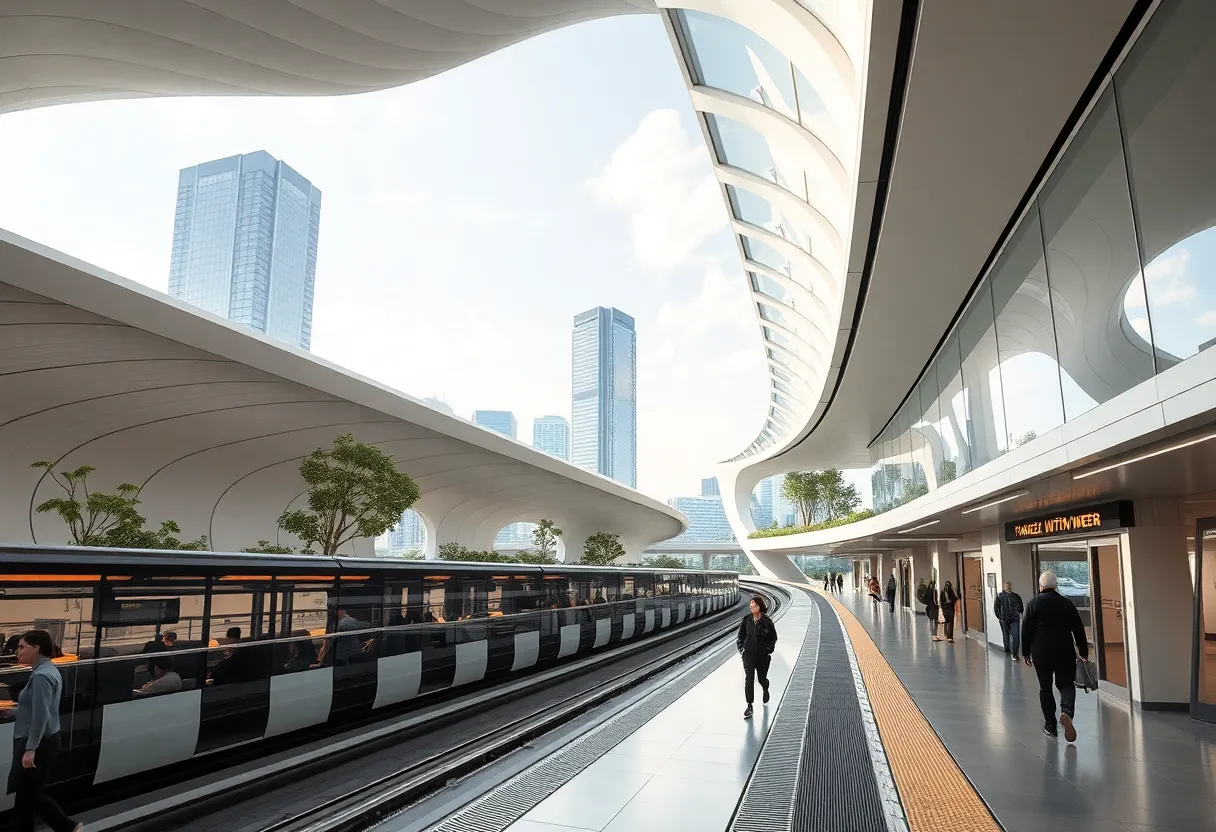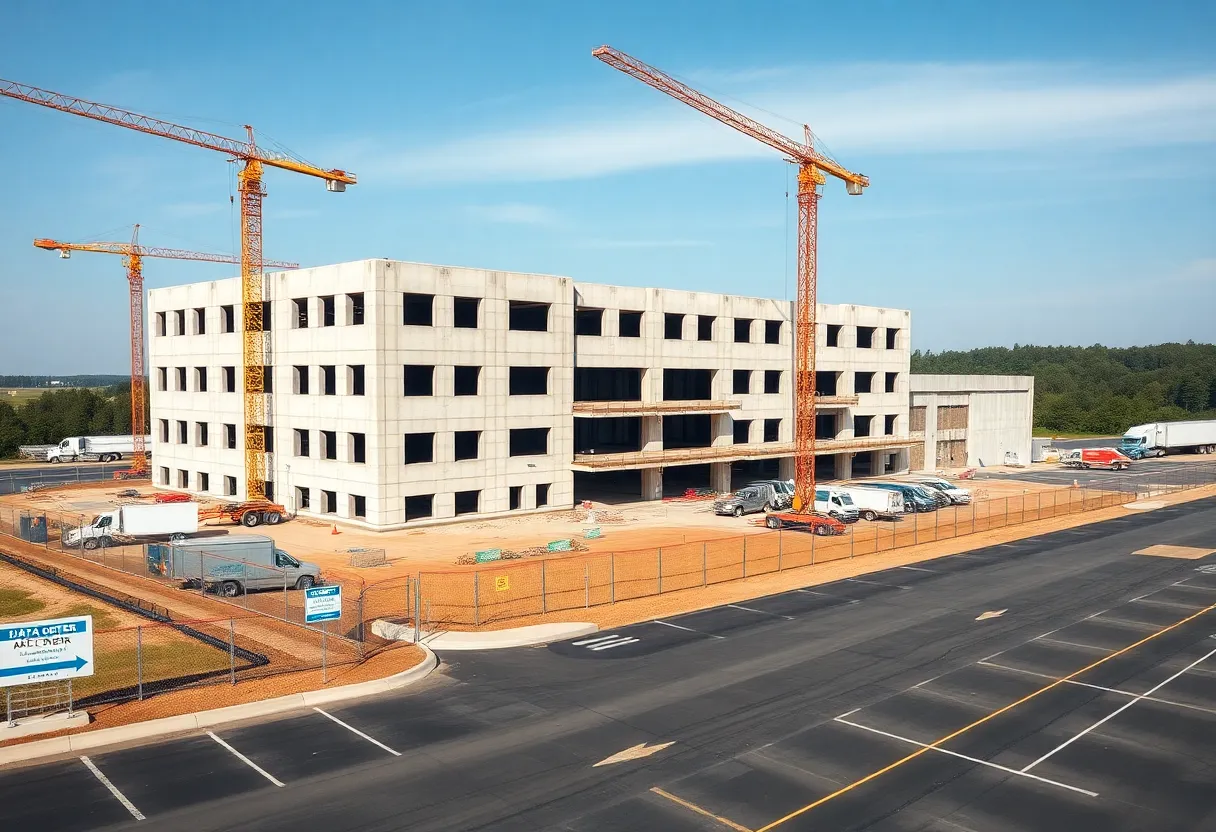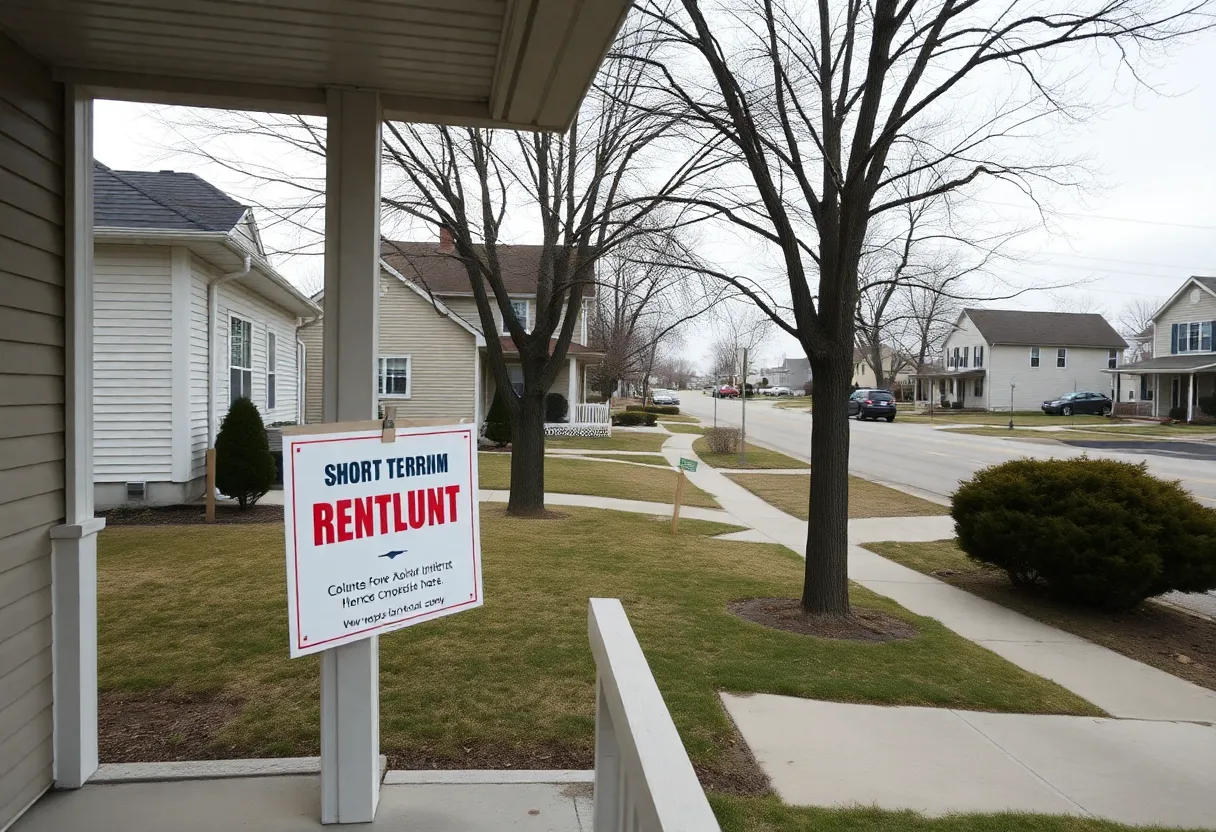News Summary
The Grand Paris Express is set to revolutionize urban transit with a $41 billion investment aimed at expanding the Paris Metro. Adding four new lines and 68 new stations, the project promises reduced travel times and enhanced connectivity. Utilizing advanced technology like GIS and BIM, this ambitious undertaking addresses construction challenges and aims for sustainability, significantly improving urban mobility before the upcoming Olympics.
Grand Paris Express: A Transformative Infrastructure Project
The Grand Paris Express is proving to be a groundbreaking initiative in urban transit and construction, marking itself as Europe’s largest infrastructure project with a whopping budget of $41 billion. This extensive project involves the addition of four new lines to the iconic Paris Metro system, which cumulatively adds a vast 124 miles (200 km) of new tunnels and incorporates 68 new stations.
Employment and Construction Scale
At the height of construction activities, the Grand Paris Express project has seen over 10,000 workers on-site simultaneously. This workforce is crucial in executing a plan aimed at enhancing transportation connectivity across the Paris metropolitan area while strategically avoiding any disruption to central Paris.
A Novel Approach to Construction Challenges
However, even as this ambitious venture unfolds, it is important to note that large construction projects typically face significant hurdles. Historically, such megaprojects have a staggering 91.5% failure rate, often concluding late or over budget. The Grand Paris Express aims to challenge that norm by integrating a software innovation that combines Geographic Information Systems (GIS) and Building Information Modeling (BIM), a breakthrough that is playing a vital role in driving its success.
This fusion of GIS and BIM equips teams with the ability to map out the real world while providing detailed construction information. This powerful tool allows for total visibility throughout the design and construction processes, enabling designers to visualize existing utilities as they determine rail lines and sequence construction tasks, thus minimizing conflicts.
Enhancing Collaboration and Reducing Costs
The integration of GIS and BIM promotes improved collaboration among all project stakeholders, including designers, city officials, and local community members. With a focus on enhancing communication, the project actively seeks to mitigate the risk of misunderstandings that account for approximately 12% of total project costs in the construction sector. By employing the GIS + BIM system, the project ensures data continuity, facilitating better decision-making across diverse project teams.
Innovative Design Features
One notable aspect of the project is the upcoming Villejuif-Gustave Roussy Station. This station features a unique cylindrical central shaft, designed not only to allow for ample natural light but also to improve connectivity. It is projected to accommodate a daily flow of 100,000 passengers, linking the renowned Institut Gustave Roussy hospital to adjacent residential neighborhoods. Moreover, sustainable materials and energy-efficient designs are key components of the station, aiming to minimize environmental impact.
Art and Cultural Engagement
Aside from transportation improvements, the new stations will also host public art installations. These artworks are intended to foster cultural dialogue and celebrate local communities, thereby enriching the social fabric of the area.
Impact on Commute Times and Urban Mobility
The Grand Paris Express holds the promise of reducing public transport journey times by as much as half an hour, significantly improving the everyday commute for residents. The transit system will feature fully automated, driverless trains operating at an average speed of 60 km/h, enhancing efficiency. Notably, 75% of the network will be underground, thanks to advanced tunnel boring machines that will excavate at depths of between 30-40 meters below the city’s surface.
Project Progress and Future Goals
As it stands, the Grand Paris Express project is over 30% complete, with the first segment expected to be operational in time for the 2024 Olympics in Paris. The goals driving this revolutionary project include not only enhancing urban mobility but also substantially reducing carbon emissions, paving the way for a more sustainable future for the city of Paris.
Deeper Dive: News & Info About This Topic
Additional Resources
- Metropolis Magazine: Grand Paris Express Dazzling Keystone
- Webuild Value: Grand Paris Express Artworks
- Vinci: Greater Paris – Inventing the City of the Future
- Designboom: Villejuif-Gustave Roussy Metro Station
- The B1M: Grand Paris Express Video
- Wikipedia: Grand Paris Express
- Google Search: Grand Paris Express
- Encyclopedia Britannica: Grand Paris Express
Author: Construction NY News
NEW YORK STAFF WRITER The NEW YORK STAFF WRITER represents the experienced team at constructionnynews.com, your go-to source for actionable local news and information in New York and beyond. Specializing in "news you can use," we cover essential topics like product reviews for personal and business needs, local business directories, politics, real estate trends, neighborhood insights, and state news affecting the area—with deep expertise drawn from years of dedicated reporting and strong community input, including local press releases and business updates. We deliver top reporting on high-value events such as the New York Build Expo, infrastructure breakthroughs, and cutting-edge construction technology showcases. Our coverage extends to key organizations like the Associated General Contractors of New York State and the Building Trades Employers' Association, plus leading businesses in construction and real estate that power the local economy such as Turner Construction Company and CMiC Global. As part of the broader network, including constructioncanews.com, constructiontxnews.com, and constructionflnews.com, we provide comprehensive, credible insights into the dynamic construction landscape across multiple states.





